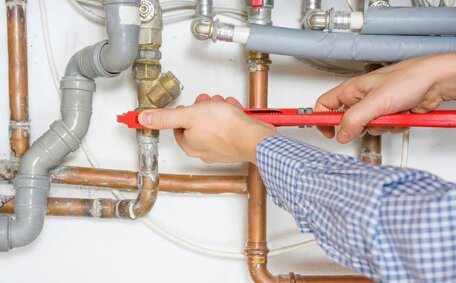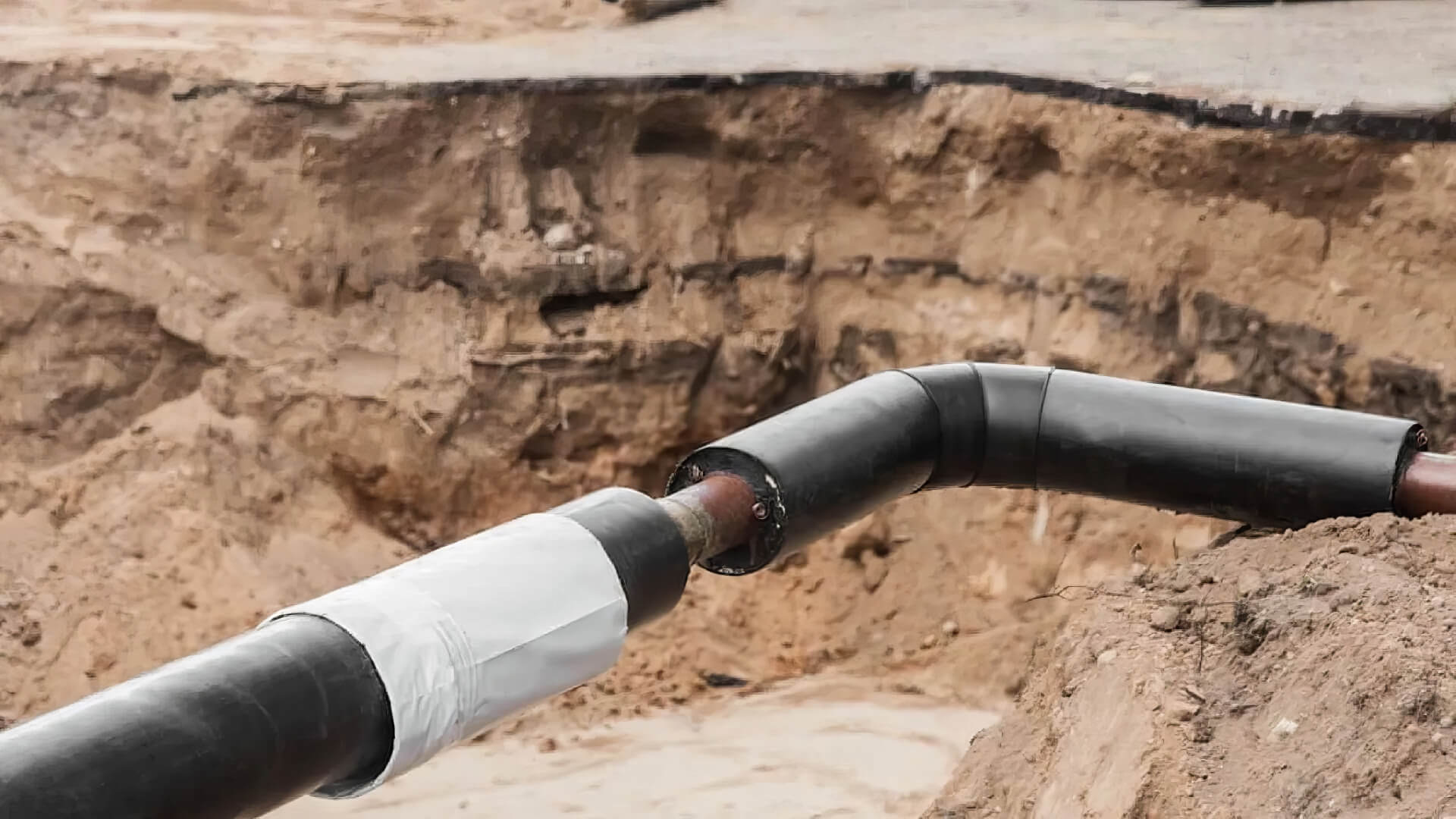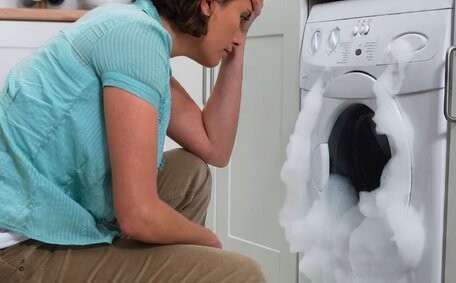
What’s involved in upgrading your gas meter?
Upgrading your gas meter is a simple process completed by qualified technicians. It involves disconnecting your gas supply for 15 minutes to swap the meter. Contact us today for a quote.
Read MorePipe relining, a specialised repair solution for broken pipes, negates excavation by inserting a resin-saturated liner into the existing pipe, thereby avoiding the disruption of digging up the pipeline. This technique creates a strengthened new pipe within the old structure, revamping the passage without the need for invasive procedures.
Then, a flexible liner soaked with epoxy resin is inserted to mend your drain, introducing a new lining through an access point. UV light or steam is used to rapidly cure the resin. When the epoxy has fully cured, robust relined pipes are created with a seamless surface that markedly enhances durability.
In Sydney’s dynamic environment, does pipe relining cater to all pipe sizes? Indeed, types pipes can be addressed with pipe relining, and this method can be applied to a variety of pipes 4 inches or larger, including materials like cast iron, concrete, and clay.
The scope of applications for sewer pipes spans from managing blocked drains to reinstating storm water systems, as well as enhancing ventilation stacks.
This traditional pipe repair method is highly disruptive, requiring demolition of walkways, landscaping or interior walls.
Trenchless technology repairs pipes without any risk of damaging underground utilities, thereby eliminating the need to dig up and safeguarding your valuable infrastructure.
In contrast, trenchless pipe relining can insert a resin-impregnated liner into the existing pipe. As it cures, this forms a durable new pipe wall inside the old pipe. The pipe remains fully operational with relining solutions ensuring minimal disruption to the property.
When comparing pipe relining with traditional pipe replacement, several key differences emerge:
Providing comprehensive Sydney pipe relining services for small to medium sites, like office spaces, it proves more advantageous than pipe replacement, minimising disruption to your daily business flow. Its swiftness, economical advantages, and less intrusive nature render it a more favourable option than pipe replacements, especially for complex commercial systems.
Pipe relining offers a multiplicity of benefits, making it the optimal repair choice for diverse commercial applications. Key benefits include:
Pipe relining enables the performance of essential drain repairs and system improvements while circumventing the need for extensive, costly remodelling. This makes pipe relining the ideal solution for many businesses.
Our team recognises cost savings for commercial properties as one of the biggest advantages of pipe relining for effective pipe repairs. Pipe relining can carried out utilising fewer labour hours, materials, and overall resources for the efficient restoration of damaged pipes. Key cost benefits include:
By leveraging advanced pipe relining technology that preserves existing infrastructure and avoids destructive access procedures, pipe relining streamlines repairs at a competitive cost. Commercial managers save on renovation and restoration fees post-job. The process also reduces revenue losses from closing off sections of buildings for long periods.
Acknowledging stringent budgets and the imperative to reduce downtime, Our seasoned expertise leads us to wholeheartedly recommend them for crucial pipe enhancements. The sheer affordability is why our team would highly recommend it for commercial sites addressing ageing and damaged pipe issues.
Examining the contrasts between pipe relining and traditional methods reveals notable benefits in operational continuity. As a trenchless technique, commercial pipe relining eschews destructive access procedures that necessitate closures within commercial spaces.
The process involves pipe patching by inserting flexible liners specifically for drain pipe relining through small access points. The resin can used repair pipes efficiently with no lingering chemical smells. Any plumbing fixtures connected to the pipes remain fully functional throughout the process.
A typical pipe relining job can take just one day to complete, often overnight or across a weekend to avoid impacting customer traffic. Staff and visitors can access all sections as normal, with virtually zero interruption to commercial activities. At most, there may be brief period of 30-60 minutes during liner insertion and curing.
This lack of disruption enables businesses like retail stores, restaurants and offices to continue operations and avoid revenue losses. With pipe relining, critical repairs and upgrades can be performed without having to temporarily shut down sections of buildings for days or weeks.
A chief advantage of pipe relining is the exceptional durability and longevity of the epoxy liners. The seamless lining formed upon curing is stronger than the original piping, offering superior resistance to corrosion and leaks.
Epoxy liners, designed to thwart tree root intrusion, typically include a guarantee of 50 years or more, outliving traditional materials like iron and clay by far. This enables commercial properties to make a long-term investment in their plumbing infrastructure with pipe relining.
The sturdy epoxy barrier delivers exceptional protection against common issues such as:
Employing durable epoxy liners for damaged pipes ensures commercial sites avoid repeated leaks, bursts, and blockages over the long term. Pipe relining negates the need for regular excavation and frequent repairs to piping.
In conclusion, epoxy-based pipe relining offers commercial sites a long-term, dependable solution for plumbing systems. With superior durability, corrosion resistance, and leak protection, the pipes perform optimally for extensive periods without the necessity of repeat repairs.
Determining if pipe relining is suitable for your commercial building depends on a few key factors. An experienced plumber can assess if all types of your particular situation does require pipe relining or if other solutions are more suitable.
Typically, buildings suitable for pipe relining exhibit the following characteristics:
Discover how an on-site professional assessment is crucial for resolving your plumbing issues and determining if pipe relining is the right choice. They will inspect your pipes with CCTV cameras to gauge:
Armed with this detailed inspection data, your plumber can advise if pipe relining is feasible for your property’s unique layout and pipe conditions. They can also provide a free quote for relining based on the pipe footage and connections involved.
Contact us for superior pipe relining services to identify the best solution for your plumbing issues. Our commitment-free onsite assessment will survey your establishment’s drainage structure thoroughly. We specialise in pipe inspections, pipe relining installations, and comprehensive commercial plumbing maintenance.
This complete pipe restoration, executed minimally disruptively and expertly, provides a cost-effective, rapid, and non-invasive method for renewing commercial plumbing systems.
While pipe relining is pivotal for addressing water waste issues in businesses, property owners naturally have questions. The following addresses some common queries:
The majority of pipe relining tasks are completed within a single day. Following the initial steps, the curing of the epoxy liner takes just 2-3 hours, resulting in minimal disruption and negligible interruption to business operations.
Engineered to manage pipes with multiple bends and configurations, pipe relining is a versatile solution suitable for various commercial pipe types with a diameter of 100mm or larger.
Our highly skilled plumbers are proficient in conducting detailed assessments and precise relining with cutting-edge technology. Clients have been satisfied with Mortdale Plumbing, benefitting from our decade of experience in diverse commercial relining projects.
Small existing access points like manholes, drain covers or removable wall/floor panels are utilised. No jackhammering or destruction of property infrastructure required.
Epoxy liners boast extraordinary robustness with lifespans exceeding 50 years, enabling commercial properties to invest long-term in their plumbing systems.
Have more questions? Email us or call 1300 349 338 to chat with our team of commercial plumbing specialists. We provide complimentary onsite pipe evaluations – visit our contact page to book an appointment and begin the process.
Upgrading your gas meter is a simple process completed by qualified technicians. It involves disconnecting your gas supply for 15 minutes to swap the meter. Contact us today for a quote.
Read MoreWe use only the most durable, long-lasting and eco-friendly pipe relining materials such as PVC and epoxy resin to repair pipes without excavation.
Read MoreChemical drain cleaners contain toxic chemicals like sulfuric acid and sodium hydroxide that can damage pipes, disrupt septic systems, and harm humans if inhaled or make contact with skin. Avoid chemical drain cleaners and call Mortdale Plumbing at [phone] for safe, eco-friendly drain cleaning.
Read MoreMortdale, 2223 NSW
We will call back as soon as possible.




